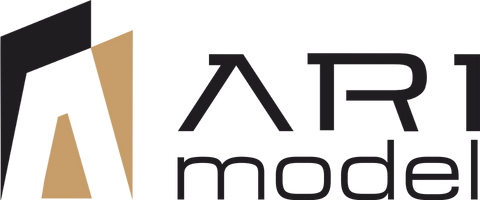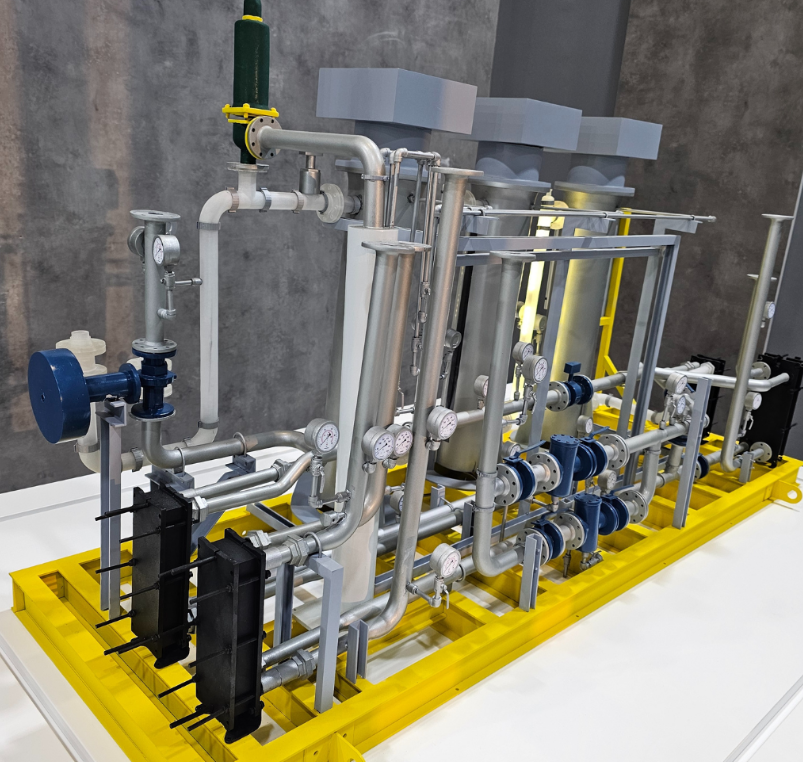Electric Distribution Substation Model: Power Distribution Infrastructure Optimization
The Importance of Electric Distribution Substation Models in Power Infrastructure
How Scale Models Improve Power Grid Planning
The electric power grid is responsible for delivering stable electricity to residential, commercial, and industrial sectors. Electric substations regulate voltage transformation and ensure smooth power flow, making them essential for energy distribution efficiency. By utilizing detailed substation models, engineers can test designs, analyze layouts, and simulate operational conditions before implementation.
At ARI Model, we specialize in customized substation models that assist utility providers, electrical engineers, and municipal planners in designing, optimizing, and upgrading energy networks. Physical substation models provide an interactive way to evaluate efficiency, troubleshoot design issues, and refine network layouts, offering insights beyond digital simulations alone.
? Discover more about substation models at ARI Model
Key Benefits of Electric Distribution Substation Models
Enhancing Power Flow Visualization and System Efficiency
A three-dimensional substation model provides an in-depth perspective of how an electrical distribution system operates. It enables stakeholders to:
-
Visualize power transmission through transformers, circuit breakers, and distribution panels.
-
Identify potential inefficiencies and bottlenecks in grid infrastructure.
-
Improve urban power planning by integrating renewable energy sources into the grid.
With ARI Model's advanced fabrication techniques, each substation model is engineered to exact industry specifications, helping decision-makers analyze power distribution networks with ease.
Enhancing Training and Simulation for Engineers
A substation model serves as an effective hands-on training tool for power engineers and technicians. These models:
-
Simulate real-world electrical scenarios, improving operator training.
-
Demonstrate safety protocols and emergency response mechanisms.
-
Provide a risk-free environment to practice fault analysis and maintenance procedures.
ARI Model collaborates with utility companies, universities, and research institutions to develop interactive substation models, improving technical education and professional development.
Optimizing Power Grid Expansion and Infrastructure Modernization
As energy demand rises, expanding and modernizing power grids is essential. Physical substation models support:
-
Assessing space allocation for additional grid components.
-
Implementing smart grid technologies within existing infrastructure.
-
Developing renewable energy integration strategies (solar, wind, hydroelectric power).
By working with ARI Model, energy firms and city planners gain access to tailored substation models that support sustainable energy solutions and optimize urban power distribution.
? Learn more about smart grids on Wikipedia
Technologies Used in Electric Distribution Substation Model Manufacturing
3D Printing for Precision Components
3D printing technology allows for the creation of intricate substation elements, including:
-
Miniature transformers, insulators, and high-voltage switchgear.
-
Detailed control rooms and electrical panel systems.
-
Custom-built components to replicate actual grid infrastructure.
At ARI Model, we use high-resolution 3D printing to ensure every substation model replicates real-world power networks with precision.
CNC Machining for Structural Durability
CNC machining is critical for producing strong, durable, and high-precision substation components, such as:
-
Steel transmission towers and substation enclosures.
-
Transformer base plates and relay station structures.
-
Support frames for interactive models and testing equipment.
ARI Model integrates CNC-milled components into substation models, ensuring they are both structurally stable and visually accurate.
Laser Cutting for High-Detail Accuracy
Laser cutting plays a vital role in refining the smallest details in electrical substation models, including:
-
Etched power grid layouts on substation bases.
-
Engraved labels for electrical components and safety signage.
-
Fine detailing for high-precision substation panels.





